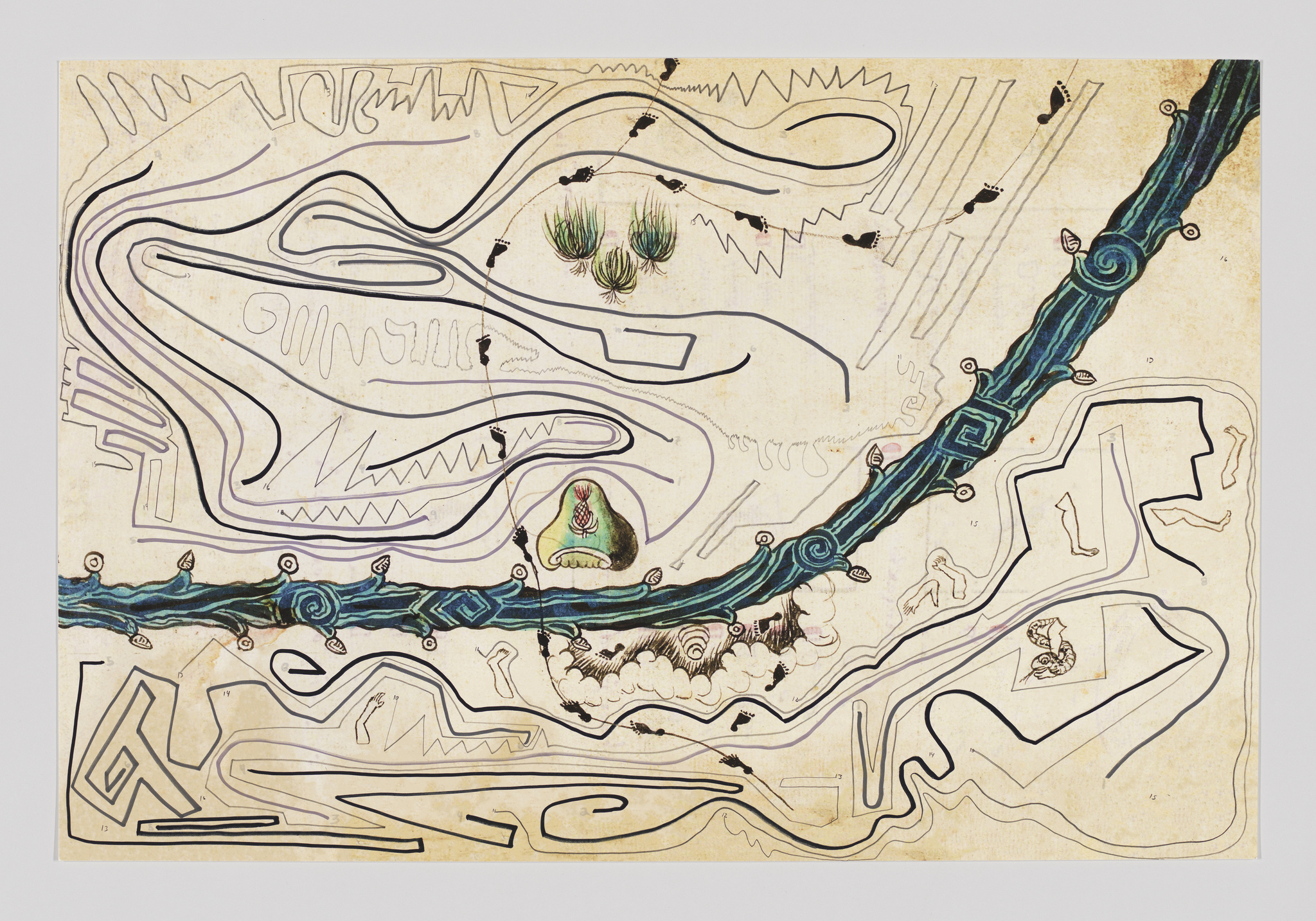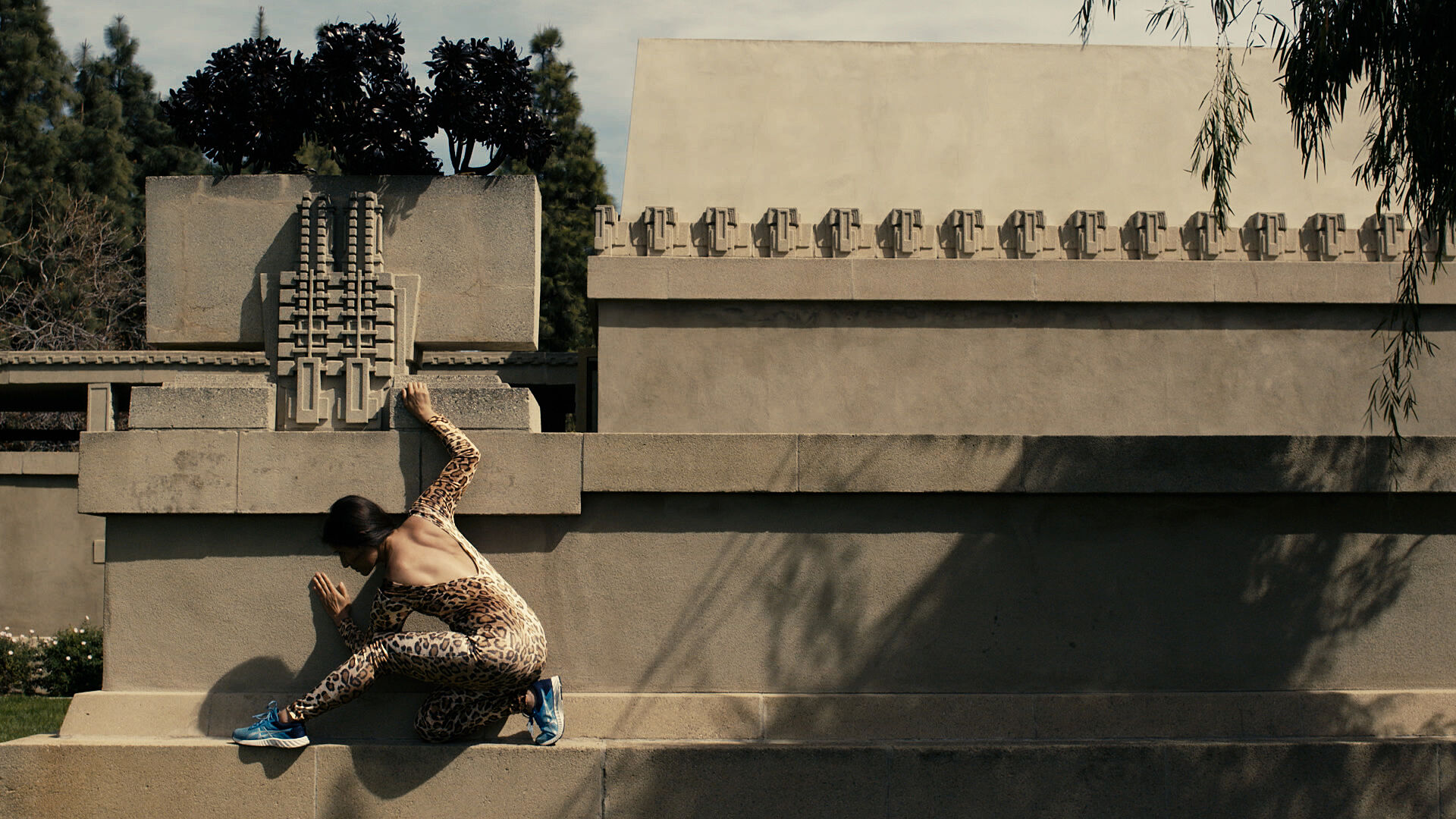Guadalupe Maravilla
July 3, 2018
0:00
Guadalupe Maravilla
0:00
Guadalupe Maravilla: I recently changed my name to Guadalupe Maravilla, formerly Irving Morazan, to show solidarity to my undocumented father, who uses Maravilla in his last name in his fake identity. As a child, I migrated alone into the United States from El Salvador escaping the civil war, and was undocumented until I became a U.S. citizen as an adult.
The foundation of my drawings are maps from the sixteenth century manuscript Historia Tolteca Chichimeca, originally written in Nahuatl, in Mexico. What interests me in the Historia Tolteca Chichimeca manuscript was that I started marking my original migration route when I crossed the U.S.-Mexico border as a child.
The manuscripts map an area that I crossed in my two-month journey to the United States.
The original manuscripts are drawn by a Catholic priest in the indigenous style of drawing of that time.
Those drawings illustrate crossing routes, rivers, rituals, their connection to plant medicine and the colonization, among many things associated with the indigenous daily life of that time. My process consists of altering actual symbols and motifs of the original maps to compose new maps digitally. The next step is to play the childhood game tripa chuca with pencil or marker on top of the newly printed maps with someone who is undocumented to create abstract immigration routes.
Tripa chuca is a number and lines game that I used to play as a child in El Salvador. The result resembles an abstract fingerprint or a line map, shapes made by two people that share similar experiences of crossing to the lands to become undocumented immigrants in the United States. The participants who play tripa chuca in the drawing are all undocumented. My father participated, a student facing deportation, and a seventy-two-year-old mariachi singer.


